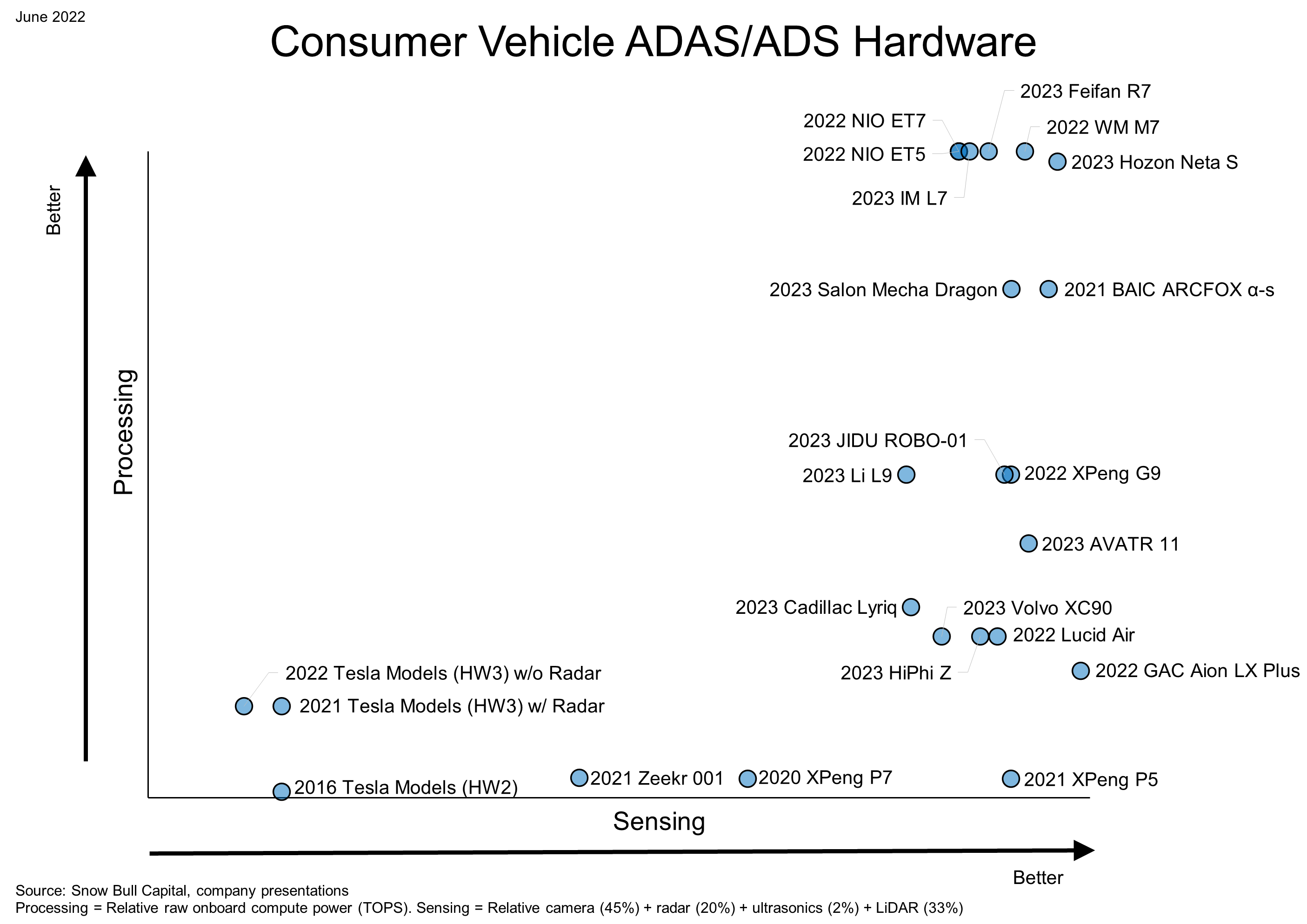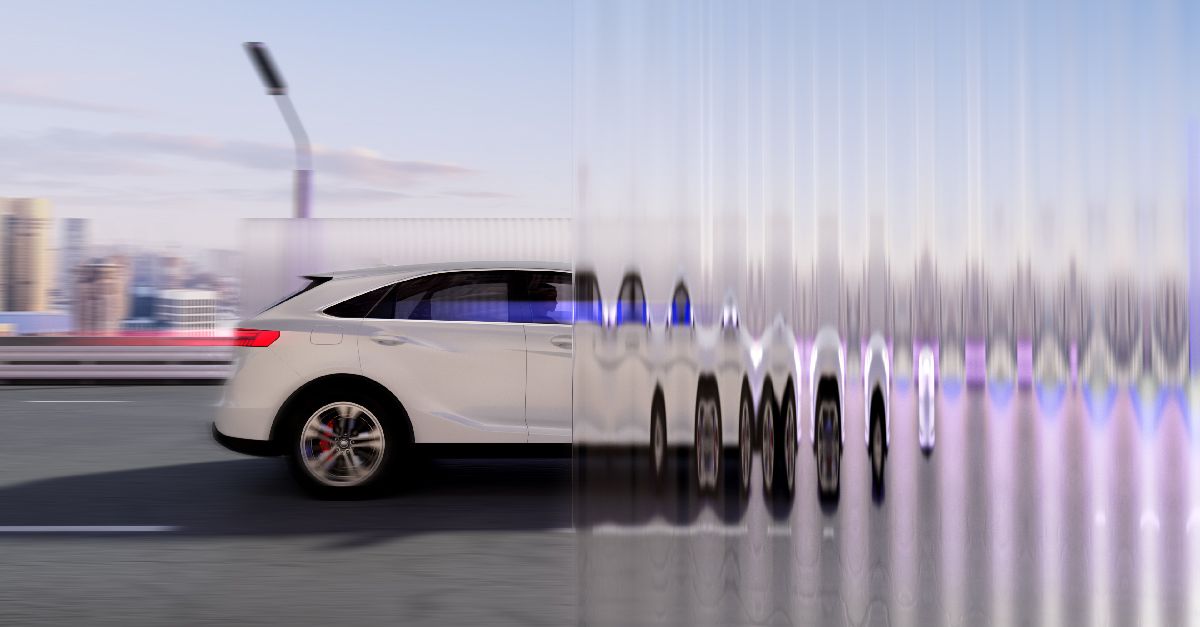Or they can just throw in an inexpensive parking camera system and solve at least the curb problem (and likely the bollard problem too) and give a bonus of being able to do pull in parking (instead of back-in being the only viable way or needing cars or walls on both sides and using ultrasonic sensors, also likely would improve autopark overall drastically).Or the perception NN can’t tell the position of a curb 10 feet away or a bollard directly in front of the car. Because the state of the art in camera based computer vision isn’t sufficient for self driving and nobody knows when it will be.
For other driving, the margin of error is a lot higher so the NNs don't have to be as accurate.
Edit: depending on which option they pick for parking camera mounting, this can also solve the alleyway pull out problem discussed previously in other threads:
Last edited:







